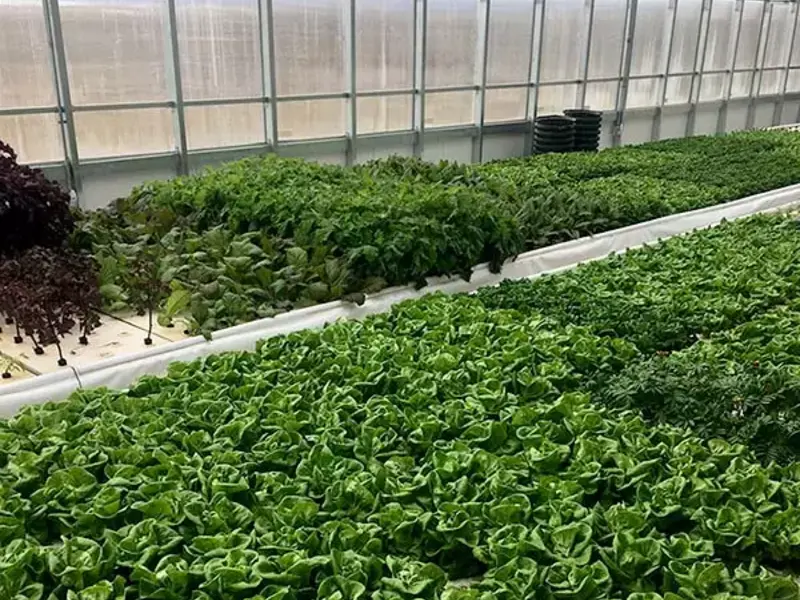Locally Grown
I have long been interested in both alternative architecture, such as monolitic domes and earthships, and commercial indoor food production, including aquaponics. Combining the two, using traditional greenhouse growing methods with aquaponics, and utilizing non-traditional architecture appropriate for the climate, can quickly allow communities not near coastal ports or southern borders to produce much of their needed produce locally, even during the winter.
Living in Thailand, and visiting many of the markets where local residents sold their fruits and vegetables, reminded me of similar markets that used to be common sights when driving thru small Texas towns as a child. These days, there is a resurgence of weekend farmers markets in some areas, and awareness of the importance of local agriculture is spreading. Living on an organic farm in the 1990's informed my current understanding of both how our food production and distribution systems work, and how reliant we are on both foreign sourced imports and centralized distribution networks. I recently read about food co-ops in some areas creating a state-wide distribution network, and was happy to see something being done to address the issue. However, beyond coordinating distribution of locally grown food items, we need to greatly increase production, which could be done with community supported greenhouse and aquaponics facilities.
Visiting the Biosphere in Arizona, was very informative. While an impressive demonstration of engineering, what caught my attention were the large external buildings full of generators, large scale air conditioning and humidity regulating equipment, and the large 3-phase power lines feeding all of that equipment. Creating an artificial environment on that scale requires a large amount of mechanical equipment, as does the current trend of growing vegetables in shipping containers and windowless warehouses. Those environments require a excessive amounts of power for the agricultural grade full spectrum LED lighting, plus the air conditioning required to deal with the heat generated from the lights. Using a more natural approach to construction, such as a partially earth sheltered concrete structure, properly oriented and using natural ventilation and hydronic heating/cooling, a large indoor environment condusive to both traditional and modern food production can be created which requires much less power and mechanical environmental conditioning than typical commercial greenhouse structures.
This project has received renewed attention over the last several years, after spending significant amounts of time in some very nice areas, which also happen to import most if not all of their food. Food security is not something to leave in the hands of international cartels or government agencies, we can feed our communities while providing work and education for young and old alike.
This will be something I will ultimately pursue, in some form or fashion, large or small, as nothing is more important than access to healthy and locally sourced food.

